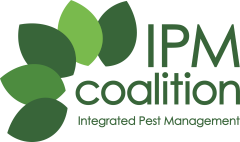Coalition status
Fairtrade Yellow
This list contains 110 pesticides. The list is valid as of January 2018.
Pesticides which are flagged as being hazardous and should be only used with…
GCP-Phase-Out 2026Use of pesticides in the Phase-out List are reduced through use of Integrated Pest Management and phased out by 2030, if feasible. This includes…
Details
Type: Pesticide
Use: Fungicide, Other substance
Example applications: Human skin;Household items;Buildings
Example pests controlled: Fungal and bacterial infections including dandruff;Fungi & mould formation
Mode of action: Systemic with protective and curative action. Sterol demethylation inhibitor.
Source: PPDB
Toxicty
Identifiers
GHS safety labels
About Globally Harmonized System of Classification and Labelling of Chemicals (GHS)
From Wikipedia: The Globally Harmonized System of Classification and Labelling of Chemicals (GHS) is an internationally agreed-upon standard managed by the United Nations that was set up to replace the assortment of hazardous material classification and labelling schemes previously used around the world. Core elements of the GHS include standardized hazard testing criteria, universal warning pictograms, and harmonized safety data sheets which provide users of dangerous goods with a host of information. The system acts as a complement to the UN Numbered system of regulated hazardous material transport. Implementation is managed through the UN Secretariat. Although adoption has taken time, as of 2017, the system has been enacted to significant extents in most major countries of the world.[1] This includes the European Union, which has implemented the United Nations' GHS into EU law as the CLP Regulation, and United States Occupational Safety and Health Administration standards.
